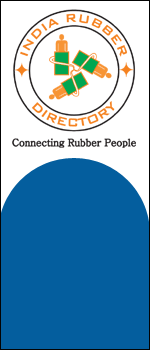|
Products Directory | Rubber Trade | Classifieds | E-Rubber Shop | E-Rubber Newsletter | Rubber Jobs | Home |
|||||||
|
IRD Services | Join Free | Add Your Company | Premium Membership | Advertise With Us | Discussion Forum |
|||||||
| |||||||
|
|||||||
|
Ask Rubber Experts | Rubber News | Rubber Prices | IRD Network Member | Rubber Events |
|


|

| ||||||||||||||||||||||||||||||
|
||||||||||||||||||||||||||||||
|
|
||||||||||||||||||||||||||||||
 |
||||||||||||||||||||||||||||||

|
||||||||||||||||||||||||||||||
|
Contact Us : www.indiarubberdirectory.com C/o Team Web Power, No.52, First Floor, Anna Nagar Plaza, C-47, IInd Avenue, |
||||||||||||||||||||||||||||||
|
| About Us | Vision | Disclaimer | Privacy Policy | Sitemap | Feedback | Contact Us | Home | |
||||||||||||||||||||||||||||||
|
Contact Us :
www.indiarubberdirectory.com , No.52, First Floor, Anna Nagar Plaza,
C-47, IInd Avenue, Anna Nagar, Chennai 600040.Tamilnadu, India. |
||||||||||||||||||||||||||||||




















